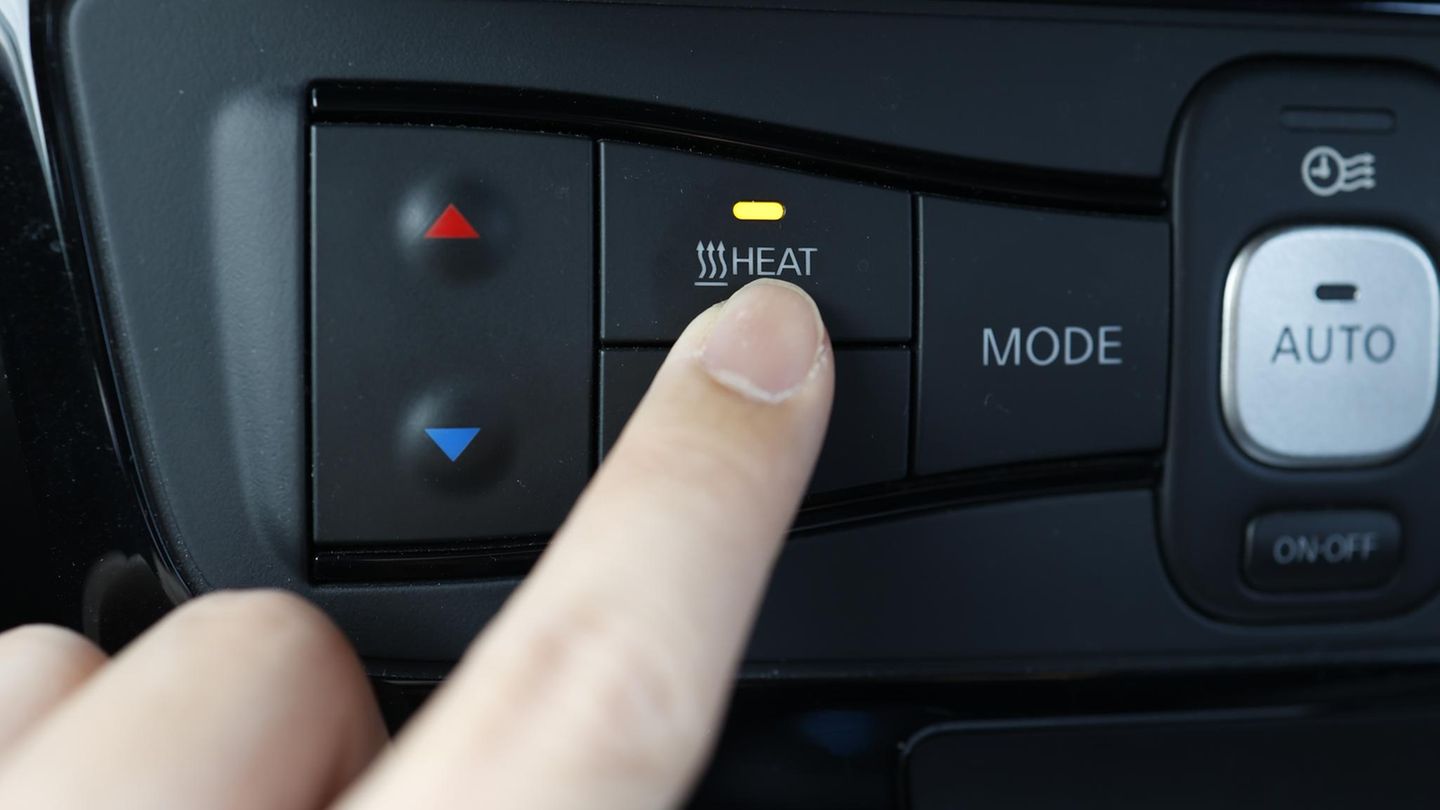I’m a recent graduate of the University of Missouri with a degree in journalism. I started working as a news reporter for 24 Hours World about two years ago, and I’ve been writing articles ever since. My main focus is automotive news, but I’ve also written about politics, lifestyle, and entertainment.
Menu
Cordless heating fan for the car-mobile warmth for winter use
Categories
Most Read
Stellantis announced a historic investment of US$13 billion to expand its production and employment in the US
October 15, 2025
No Comments
You can ignore this rare traffic sign
October 15, 2025
No Comments
E-car hipster – Dacia is planning an electric car for under 10,000 euros
October 13, 2025
No Comments
Car thefts in 2025: These models are at the top of the list for thieves
October 13, 2025
No Comments
Ferrari reveals the innovative technology of its first 100% electric car
October 12, 2025
No Comments
Latest Posts

Princess Victoria and Prince Daniel: Swedish royals arrive in South Korea
October 15, 2025
No Comments
Lisa HarrisI am an author and journalist who has worked in the entertainment industry for over a decade. I currently work as a news editor

Kim Kardashian: This is how her divorce from Kanye West happened
October 15, 2025
No Comments
Lisa HarrisI am an author and journalist who has worked in the entertainment industry for over a decade. I currently work as a news editor

Carlos Melconian warned that a macroeconomic change is coming after the elections
October 15, 2025
No Comments
The former head of Banco Nación assured: “I never saw a quasi-colonial incursion of this type. If anyone expected something from yesterday… it ended up
24 Hours Worlds is a comprehensive source of instant world current affairs, offering up-to-the-minute coverage of breaking news and events from around the globe. With a team of experienced journalists and experts on hand 24/7.

